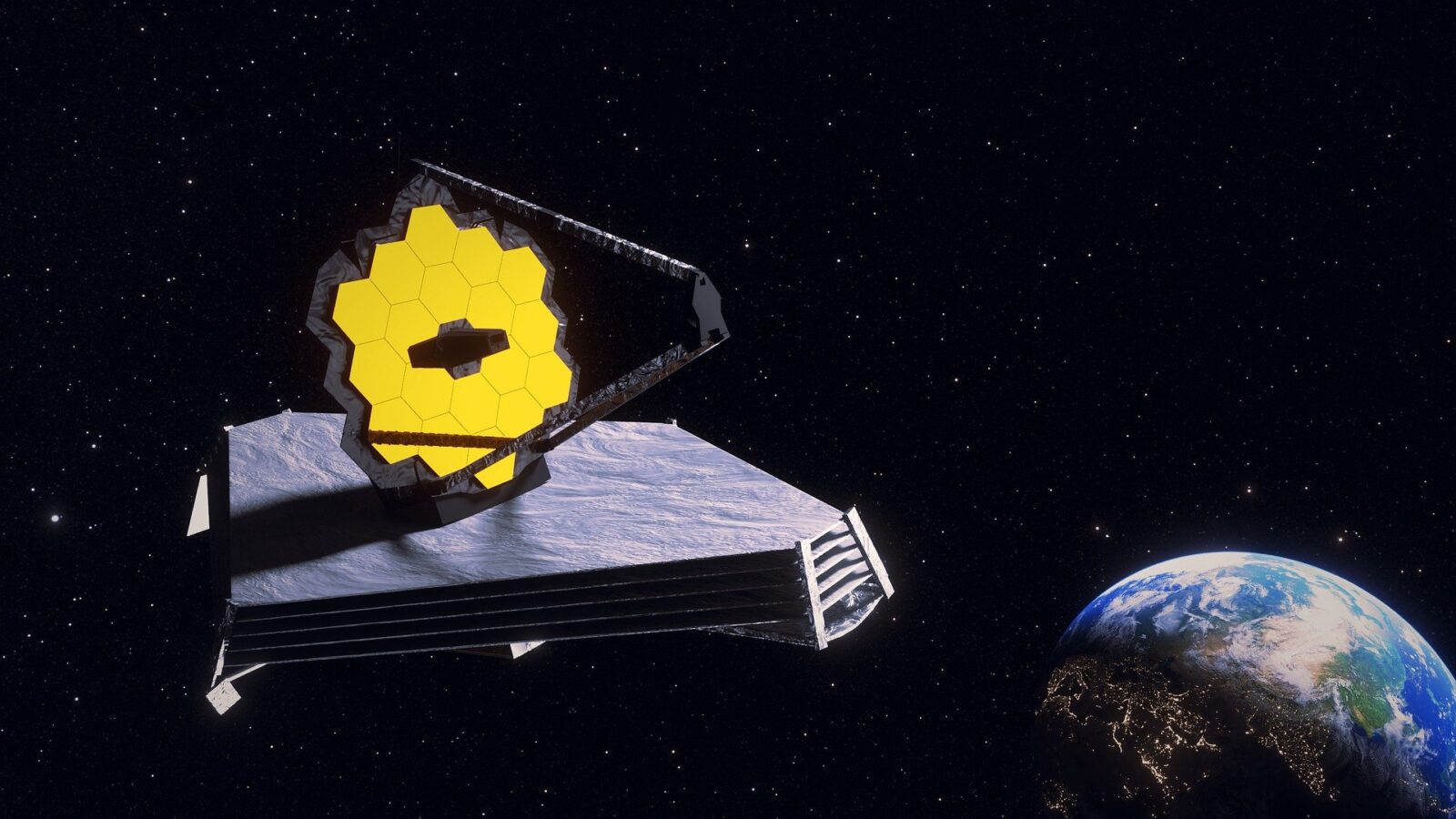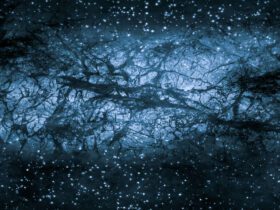The most recent photographs of Jupiter captured by NASA’s James Webb Space Telescope depict a variety of phenomena, including faraway galaxies, rainbow auroras, and gigantic storms.
Several photos from the telescope were combined to produce an overall composite and give people on Earth a peek at the gas giant Jupiter. The resulting picture paints a picture that moves from orange and yellow in Jupiter’s poles to blues and purples toward the core of the planet.
The development of the most advanced space observatory in the world began in 2004, and on December 25, 2021, the telescope and its enormous gold mirror were eventually launched into orbit after years of setbacks and delays. The telescope is going to look at every stage of the history of the universe, from the first glows after the great bang that created our universe to the birth of the galaxies, stars, and planets that populate it now. It will look at all of these things.
Exoplanetary systems, which are systems that consist of a planet that is not part of our solar system and the star that it orbits, are also being discovered and observed by the telescope.
The investigation of the atmospheres of these exoplanets, which may or may not be capable of supporting human habitation, is one of the most promising lines of inquiry in the ongoing hunt for extraterrestrial life.
Jupiter images
Because of how swiftly it spins, Jupiter is notoriously difficult to depict in any meaningful way. However, Jupiter is not the only thing that Webb studies. Infrared light is being gathered by the space telescope in order to shed light on previously hidden areas of the universe.
1. Make way for the king of the solar system! 👑
New Webb images of Jupiter highlight the planet's features, including its turbulent Great Red Spot (shown in white here), in amazing detail. These images were processed by citizen scientist Judy Schmidt: https://t.co/gwxZOitCE3 pic.twitter.com/saz0u61kJG
— NASA Webb Telescope (@NASAWebb) August 22, 2022












Leave a Reply